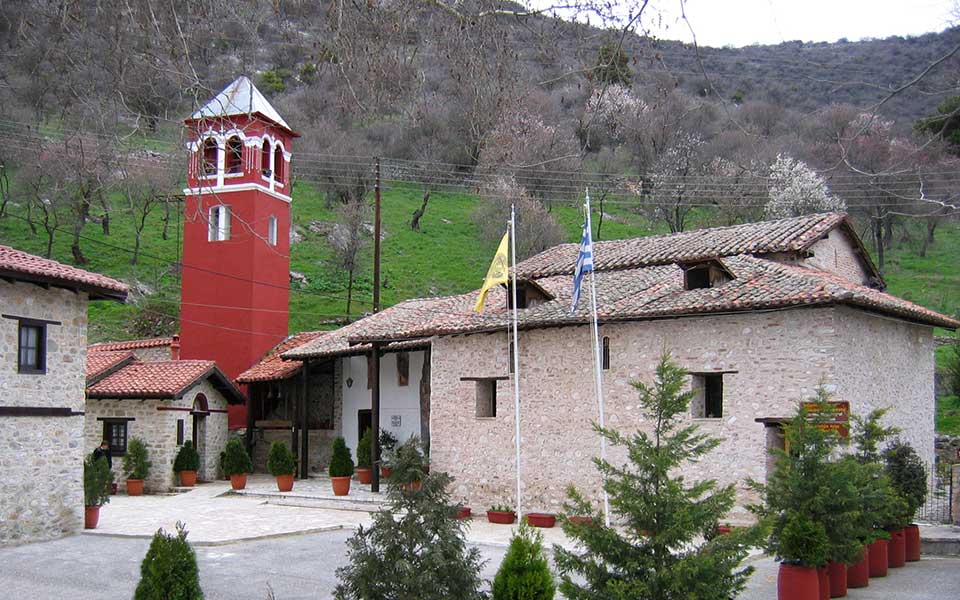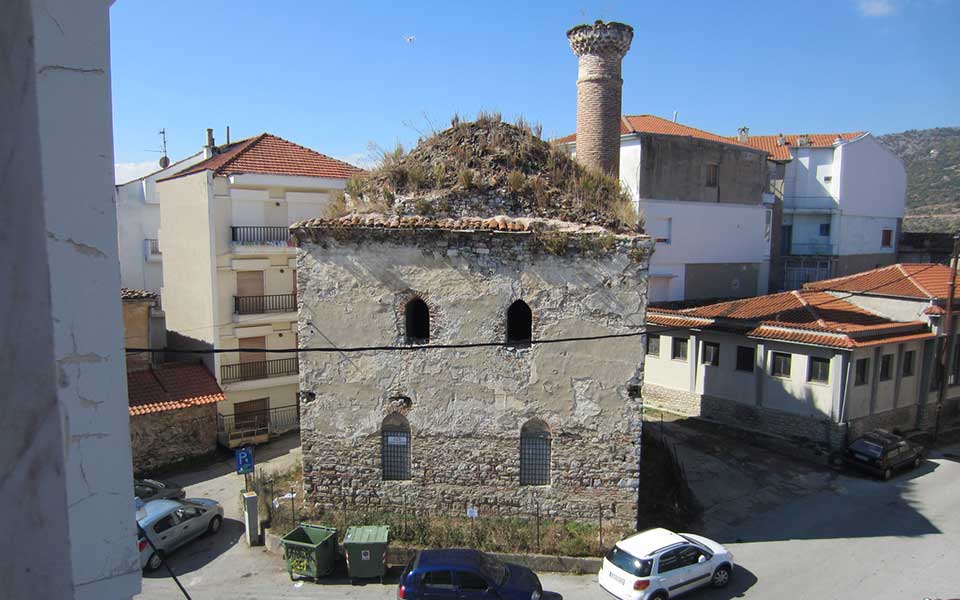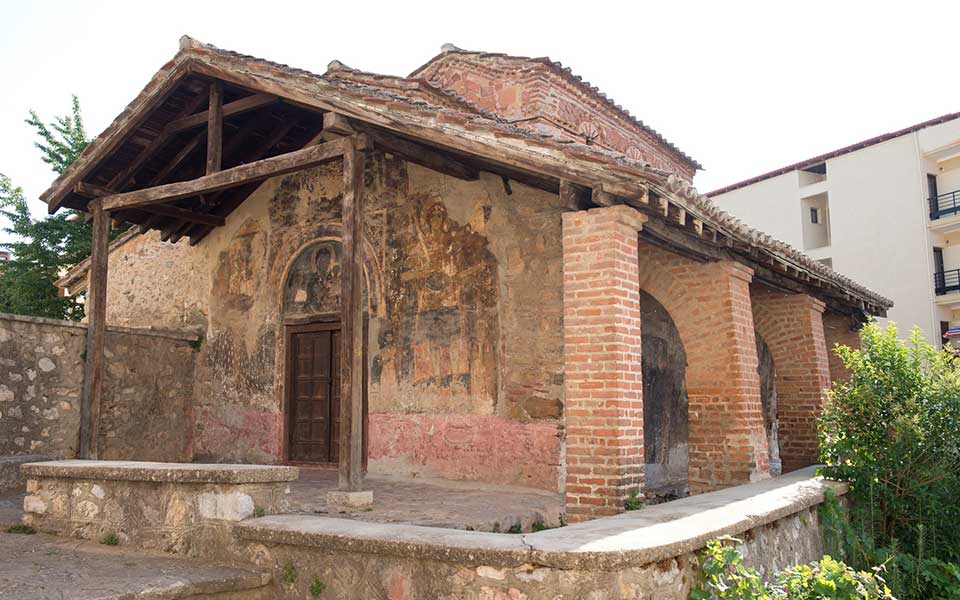Greece Shines Again in Blue Flag Beach Rankings
Greece maintains second place globally at…

The Monastery of Panagia Mavriotissa, built on the site of an 11th century battle between the Normans and the Byzantines.
© Hellenic Ministry of Culture and Sports
The Greek Ministry of Culture and Sports has announced a series of heritage conservation projects in Kastoria, western Macedonia, to be financed by the EU’s Recovery Fund.
Over two million euros will be spent on the conservation and enhancement of three historic sites, dating to the Middle-Late Byzantine and early Ottoman periods.
In a statement, Culture Minister Lina Mendoni said: “The Recovery Fund gives us the opportunity to launch more restoration projects throughout the country, given the importance of the cultural sector.”
“In western Macedonia, these projects will significantly contribute to the region in the post-lignite era,” she added.
Kastoria was established on the peninsula projecting into Lake Orestiada by the emperor Justinian in the 6th century. It developed into the spiritual and ecclesiastical center of the region during the Middle Ages, and became home to dozens of churches, chapels and monasteries. The city fell to the Ottoman Turks in the mid-1380s and acquired a large Muslim community. Over the following centuries, a number of mosques were built.
It is hoped the restored monuments will form part of a cultural route in western Macedonia, encouraging further tourism to the area and the creation of jobs.

The Koursoum Mosque of Kastoria
© Hellenic Ministry of Culture and Sports
The following projects have been launched:
Located in the historic center of Kastoria, the single-domed Koursoum Mosque is the city’s only surviving mosque from the Ottoman period. Constructed in the late 15th-early 16th century, much of the building is now in a dilapidated state. The minaret is preserved up to the balcony and traces of the building’s original colored plaster is still in place, but the primary threat to the historic mosque is severe structural deterioration from moisture and vegetation growth, notably in the roof.
The building has remained closed in recent decades but the project envisages a complete restoration, with the aim of making it fully accessible to the public.

The Byzantine Church of the Taxiarches of the Metropolis, built in the 10th century.
© Hellenic Ministry of Culture and Sports
The Church of the Taxiarches (“Brigadiers” – referring to the Archangels Michael and Gabriel) is a small, three-aisled vaulted basilica dating to the 10th century. The historic church is home to the tomb of Pavlos Melas (1870-1904), a Greek army officer and revolutionary who died during the Struggle for Macedonia, as well as a number of well-preserved murals from the 10th and 14th centuries.
The project aims for a complete restoration of the 1,000 year-old monument, focussing on the structural integrity of the building, its masonry, as well as cleaning and fully restoring the medieval murals.
Named after the village of Mavrochori (Mavrovo) near Kastoria, the Holy Monastery of Panagia Mavriotissa is built on the site where, in 1083, an attacking force of Normans was encircled by Byzantine troops under the command of George Palaiologos. Byzantine emperor Alexios I Komnenos had the monastery built to commemorate the victory.
One of the earliest monasteries in the region, the monument is also famous for its exceptional frescoes, dating to the late 12th and early 13th centuries. The project aims to carefully restore the artwork, providing a significant draw for cultural tourism to the area.
Greece maintains second place globally at…
A landmark study by the Aristotle…
With changing attitudes towards the restitution…
A new initiative by the Museum…